America's oldest companies still open for business then and now
The oldest companies in America
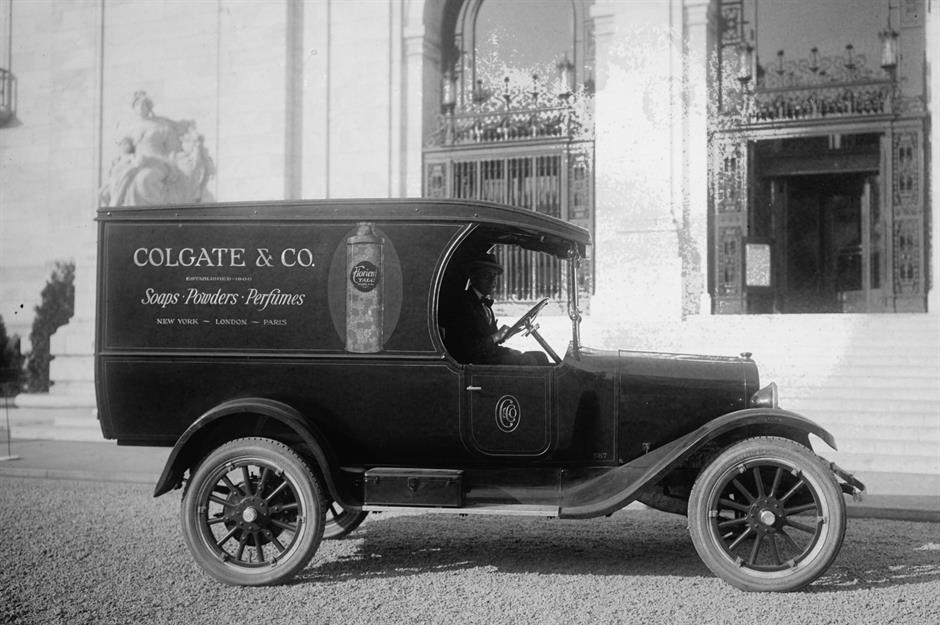
Then: Brooks Brothers, New York, 1818
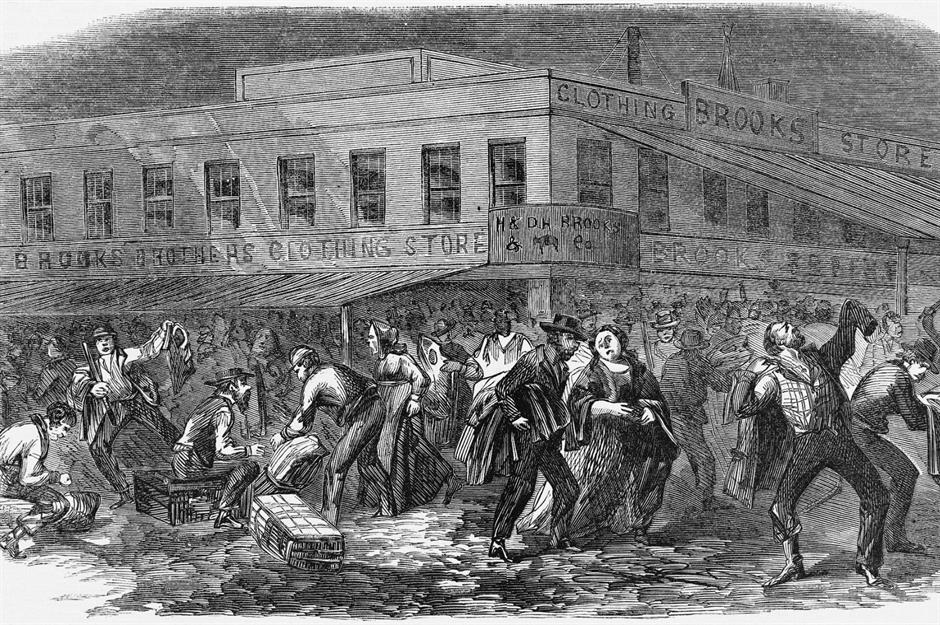
Now: Brooks Brothers, New York

The store has dressed 39 out of 44 sitting US presidents including Barack Obama (the topcoat and scarf he wore on his inauguration were from Brooks Brothers). More than two centuries after its founding, the company has been facing difficulties during the coronavirus pandemic and filed for bankruptcy protection in July. Brand management firm Authentic Brands and shopping centre owner Simon Property have now acquired the company and, while it isn't in quite the tip-top shape that it was, 125 of the 200 stores will remain open under the new management.
Then: Breck's Flowers, Boston, 1818
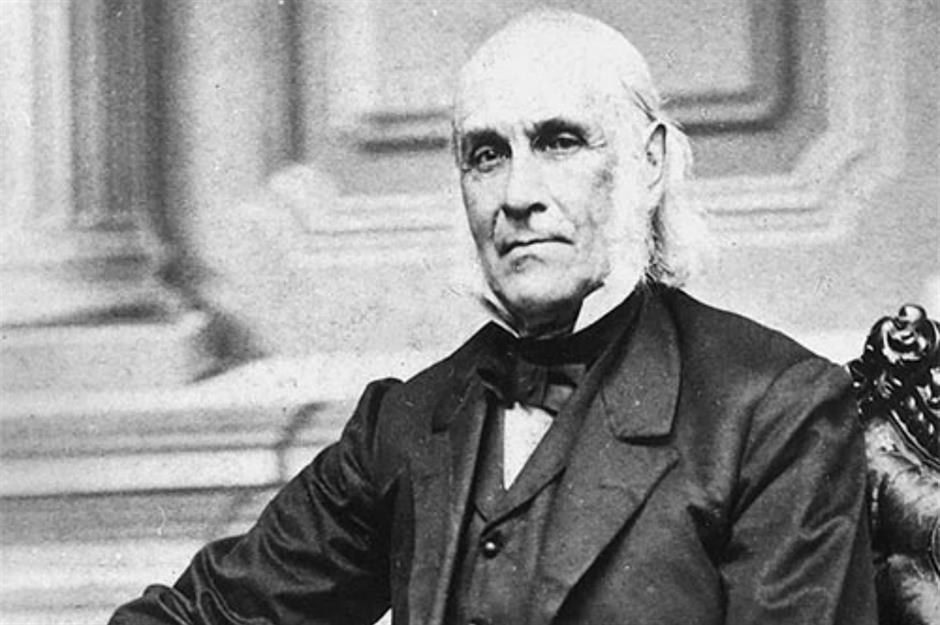
Now: Breck's Flowers, Boston
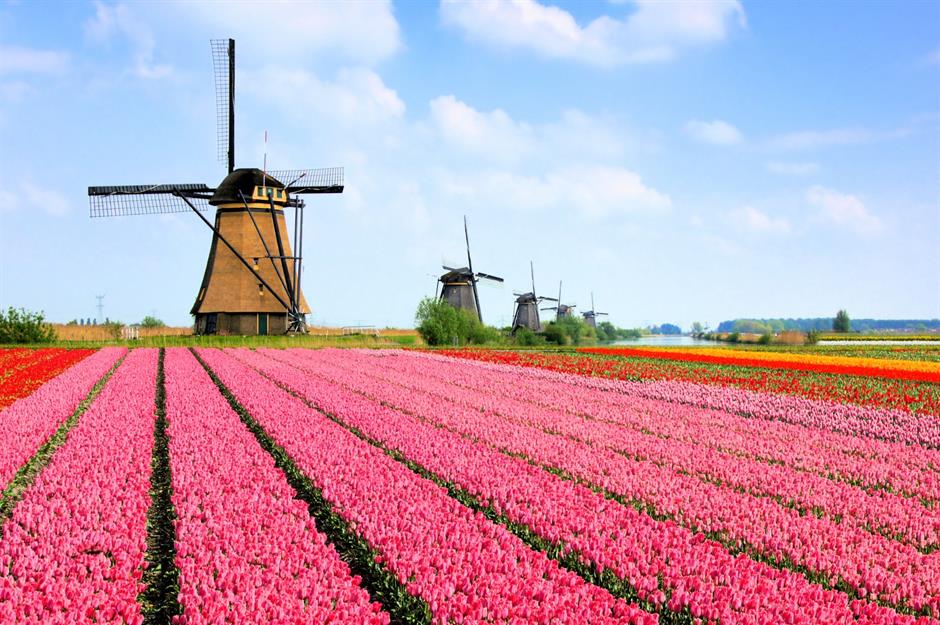
Then: Louisville Stoneware, Kentucky, 1815
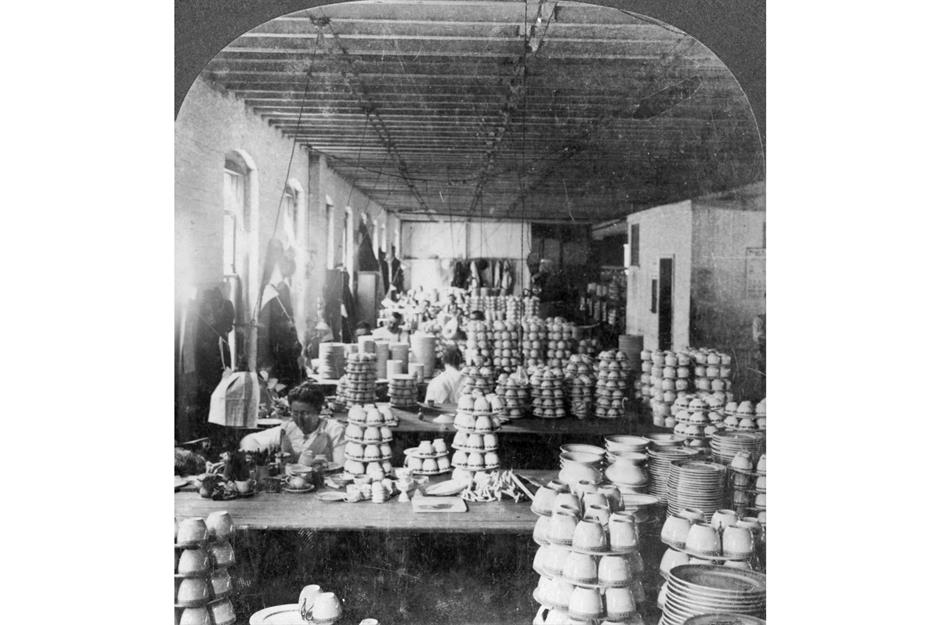
Now: Louisville Stoneware, Kentucky

Then: John Wiley & Sons, New York, 1807
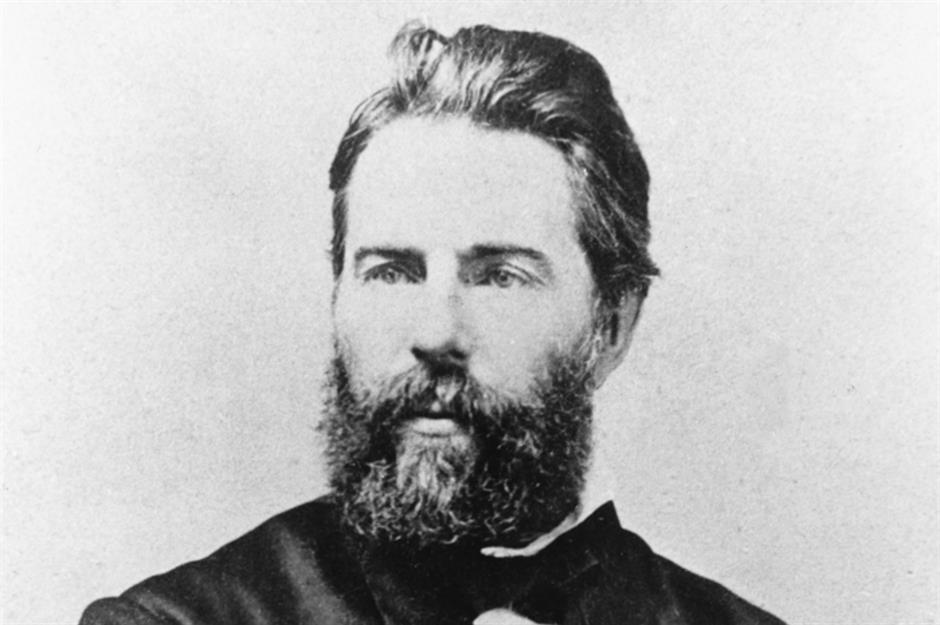
Now: John Wiley & Sons, New York
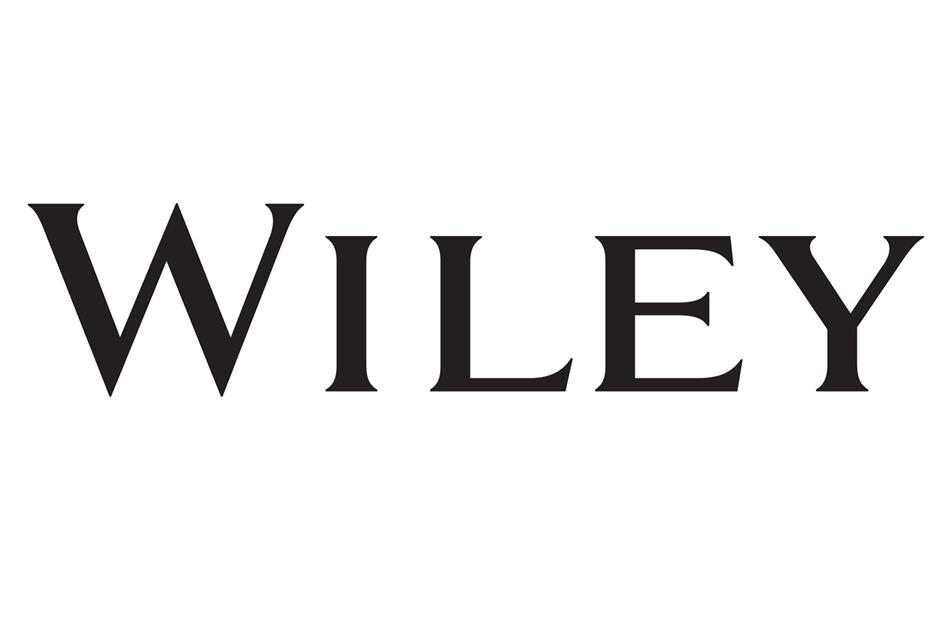
Students and academics will be familiar with John Wiley & Sons – now shortened to just Wiley – as it’s one of the world’s largest publishing companies. The publisher specialises in academic materials and has 23 imprints including The Culinary Institute of America and Bloomberg Press, as well as publishing the works of more than 450 Nobel Laureates throughout its history. Unlike most companies, Wiley has seen a boom in sales during the pandemic thanks to online research becoming pivotal as access to in-person facilities is restricted.
Then: Colgate, New York, 1806
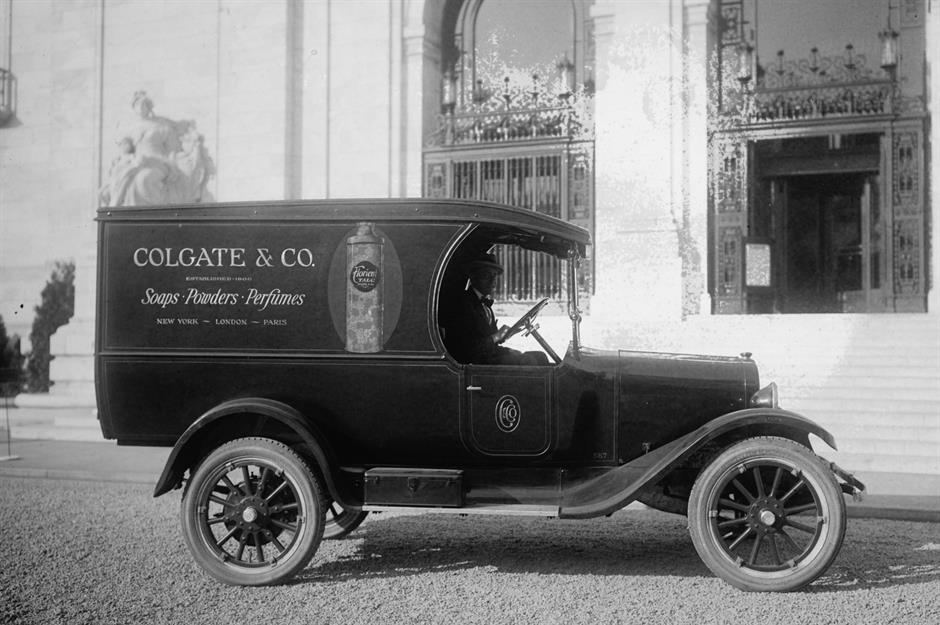
Now: Colgate, New York

Then: DuPont, Delaware, 1802
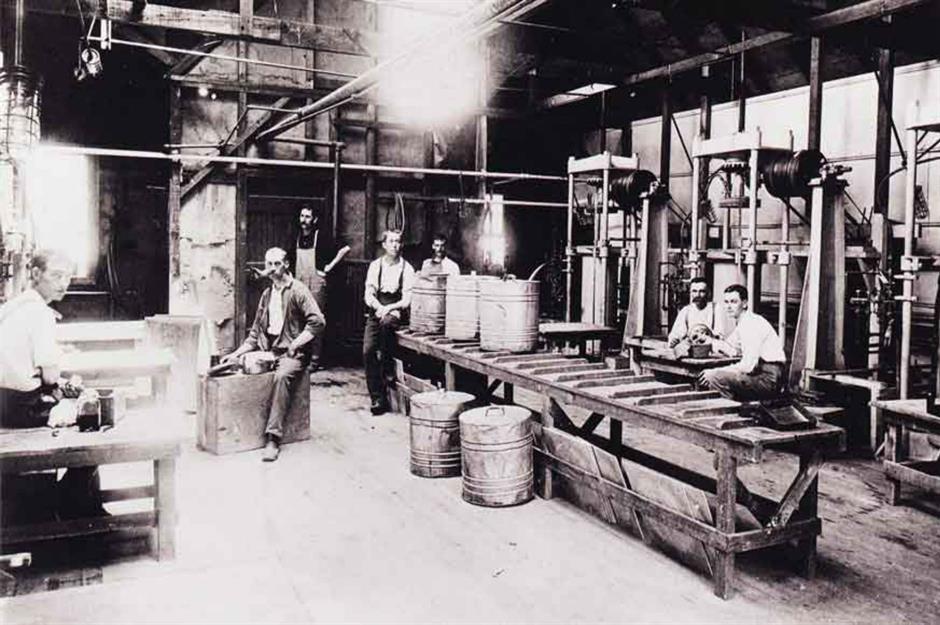
The French Revolution drove E.I. du Pont to America from France in 1799. It was here that the chemist, who had studied explosive production techniques under noted French chemist Antoine Lavoisier, founded his chemicals company in 1802. It first developed explosive powder and later dynamite, which remained its main products until the turn of the 20th century.
Now: DuPont, Delaware

Nowadays, DuPont is a global provider of an array of chemicals and materials, from Fabrikoid (artificial leather) to Teflon (non-stick covering for cooking utensils). The company has shifted its gaze to sustainability in recent years with the development of products including corn-based bio-fuels and biodegradable ingredients for cosmetics.
Then: Shreve, Crump & Low, Boston, 1796
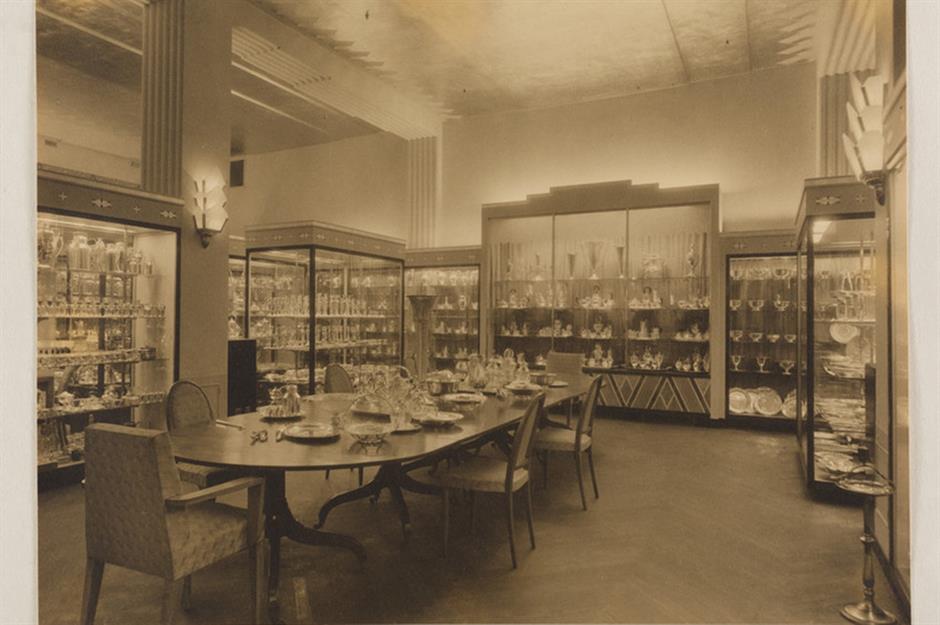
Now: Shreve, Crump & Low, Boston
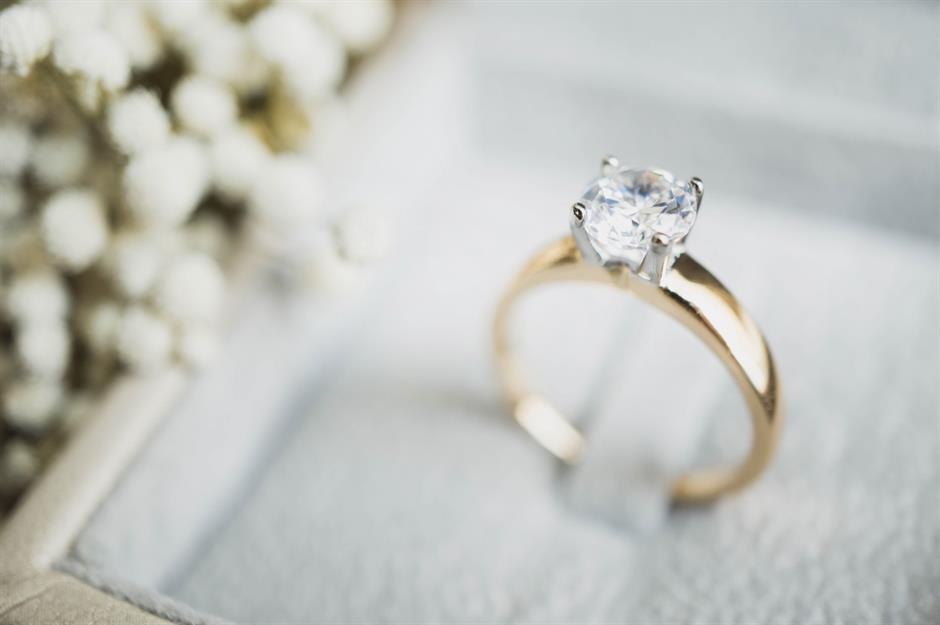
Then: Jim Beam, Kentucky, 1795
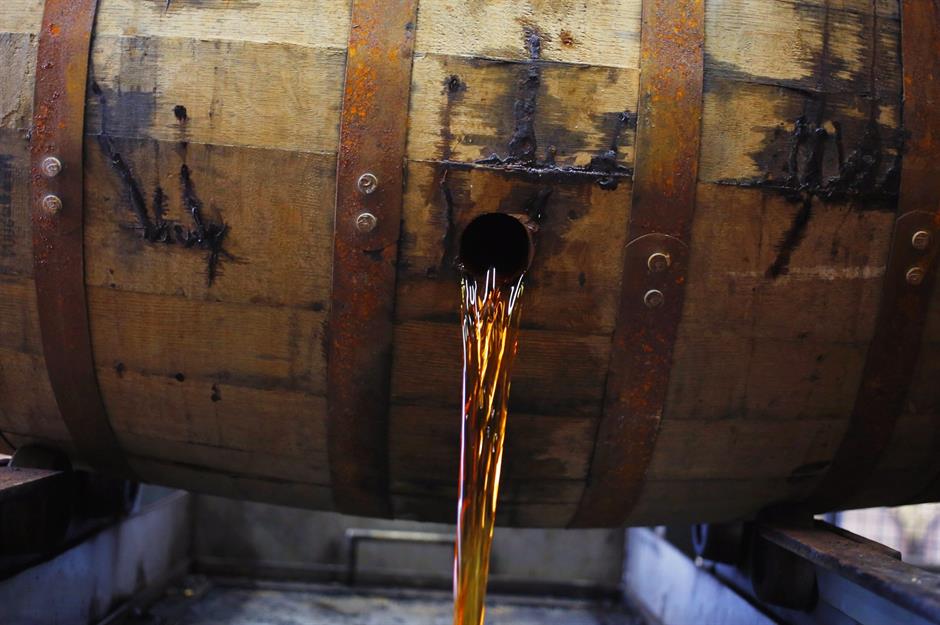
Now: Jim Beam, Kentucky
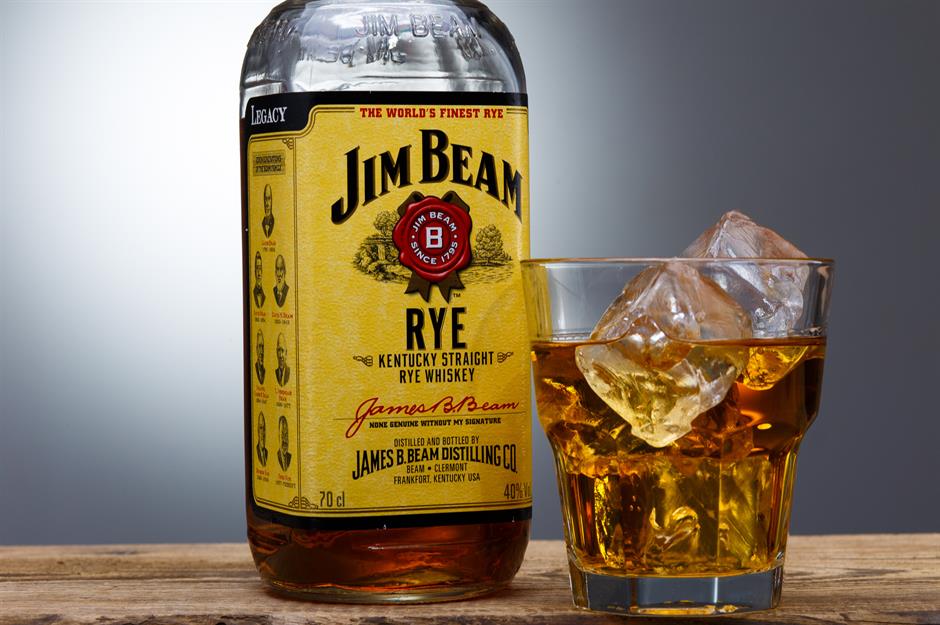
Then: New York Stock Exchange, New York, 1792

Now: New York Stock Exchange, New York

Nowadays, the NYSE is considered the world’s largest equities-based exchange, although it has held onto tradition. Trading hours are between 9.30am and 4.00pm Eastern Time every day and are signalled by an ‘opening bell’ and ‘closing bell’, a practice which has existed since the 1870s. Unsurprisingly, COVID-19 triggered volatility in the markets and the circuit breakers used to stop panic trading were launched four times in March alone. The trading floor itself had to close in March 2020 because of the pandemic, with trading moving online. However, the trading floor reopened in May.
Then: Cadwalader, Wickersham & Taft, New York, 1792
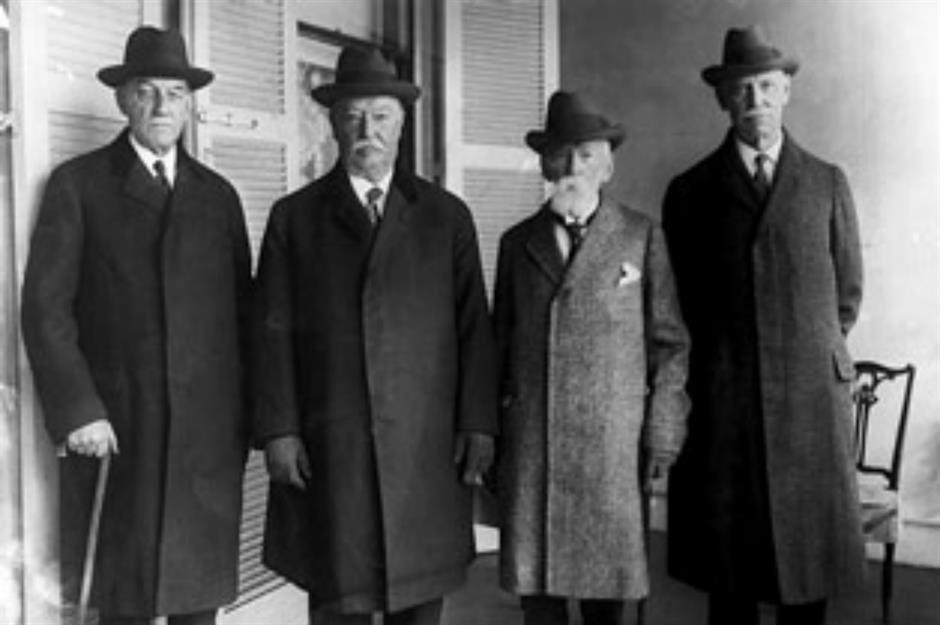
Now: Cadwalader, Wickersham & Taft, New York
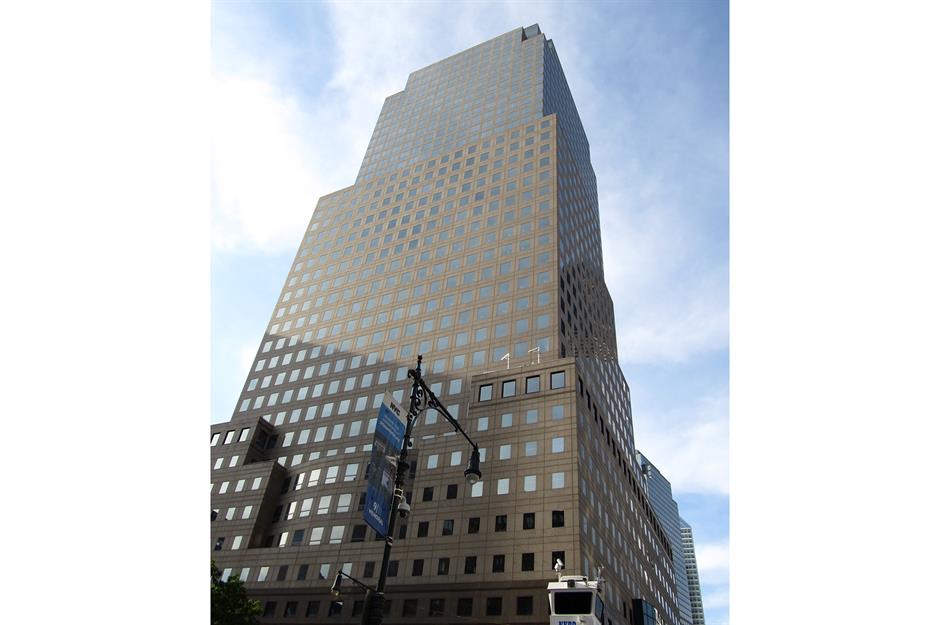
Today, it’s a prominent international law firm which represents a number of high-profile clients, including Fortune 500 companies and leading financial institutions. The firm currently has its offices at 100 Maiden Lane in New York (pictured), which it bought in 1984 – marking a highly unusual move for a law firm to purchase and occupy its own building. While the pandemic has not closed the business, COVID-19 did lead the firm to cut pay by 25% for associate and administrative staff. Pay was restored to pre-pandemic levels at the end of July.
Then: King Arthur Flour, Boston, 1790
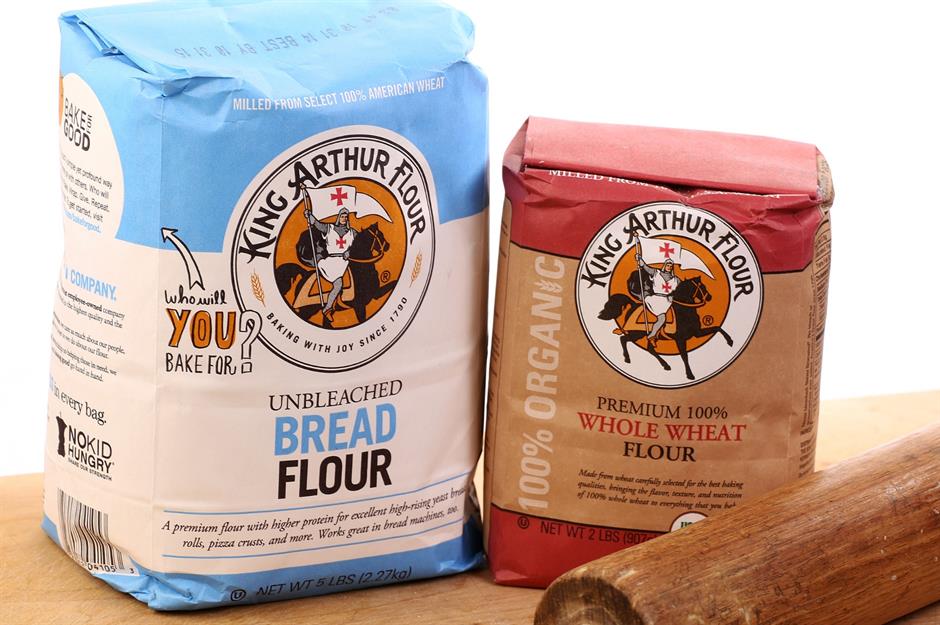
Now: King Arthur Flour, Boston
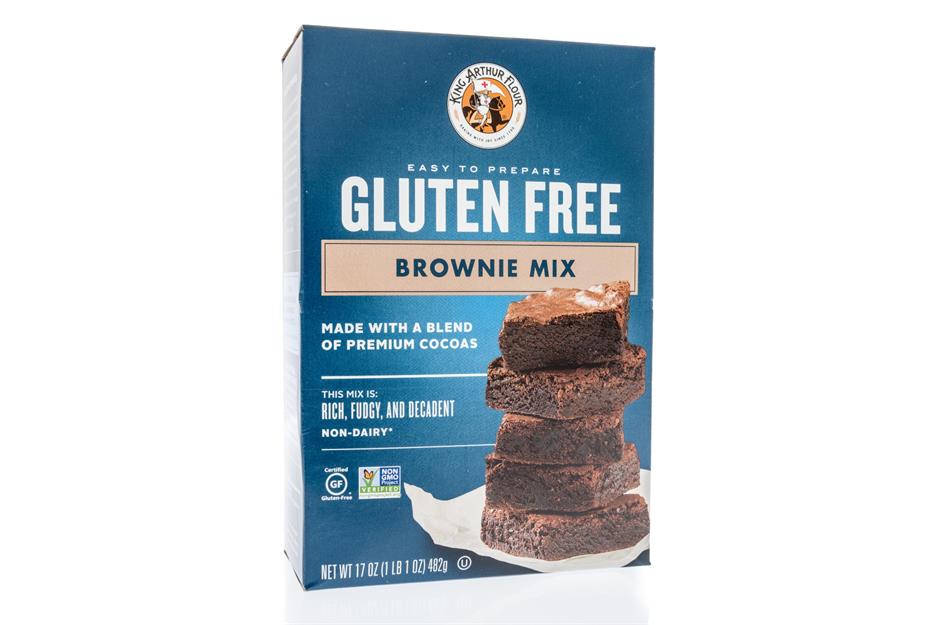
Playing a pivotal role in the American flour industry, this company is hardly run of the mill. Expansion in the 1960s led King Arthur Flour to become the largest bakery supply distributor in New England. In a landmark move, the company was sold to its employees in 2004, making them all partners in the business. It’s kept up with the times, though, launching a range of gluten-free products including coconut and almond flours and free-from brownie mixes in recent years. America's oldest flour company struggled to meet demand during the peak of the pandemic, which has really kept business booming.
Then: BNY Mellon, New York, 1784
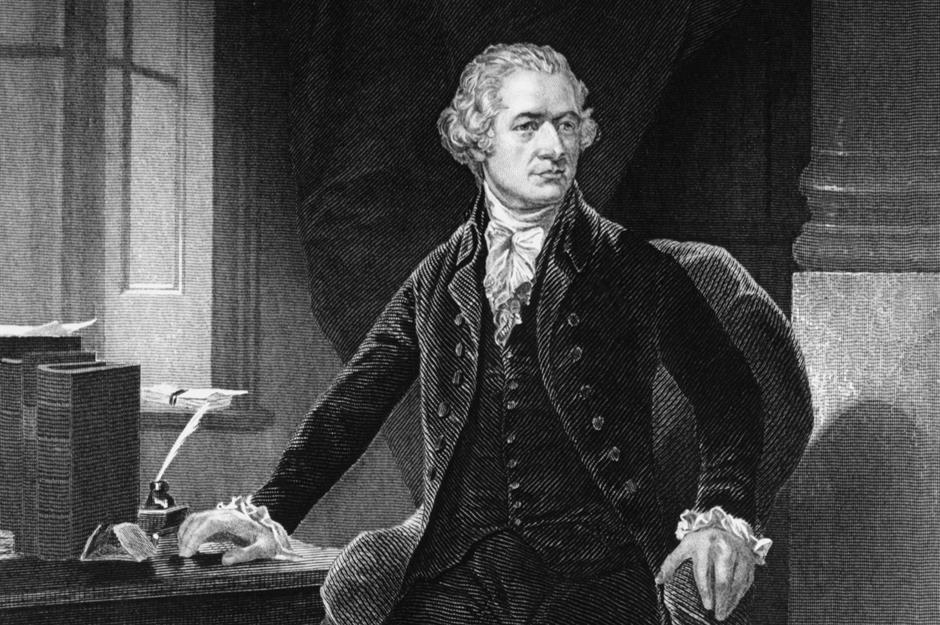
Now: BNY Mellon, New York
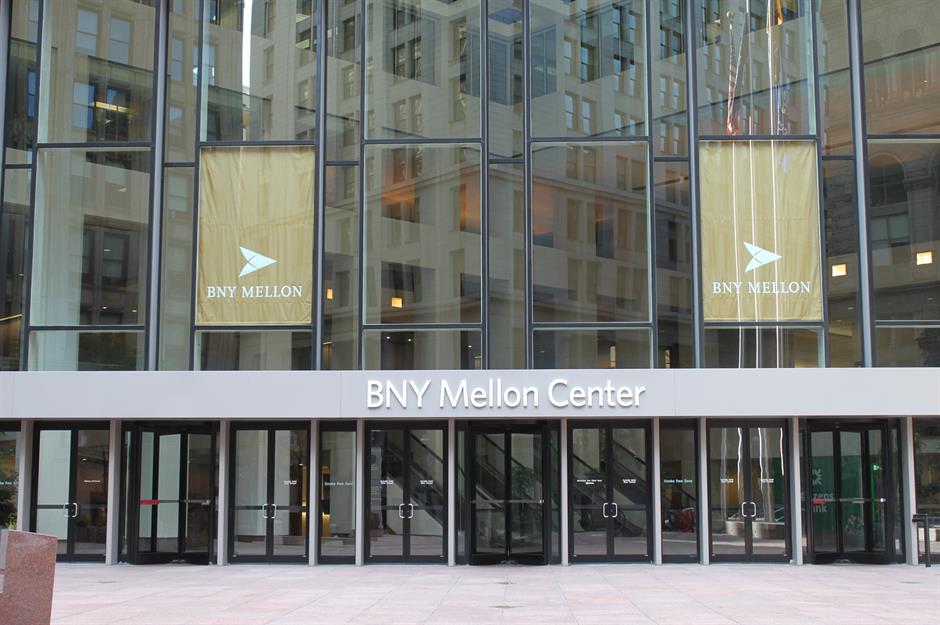
It wasn’t until nine years ago that the name BNY Mellon was coined, as a result of a $16.5 billion (£12.7bn) merger between The Bank of New York and Mellon Financial Corporation in July 2007. It’s now one of the 10 largest asset managers in the world, connecting with investors in more than 35 countries and with more than $37.3 trillion (£29tn) in assets under management as of 30 June 2020.
Then: Laird & Company, New Jersey, 1780
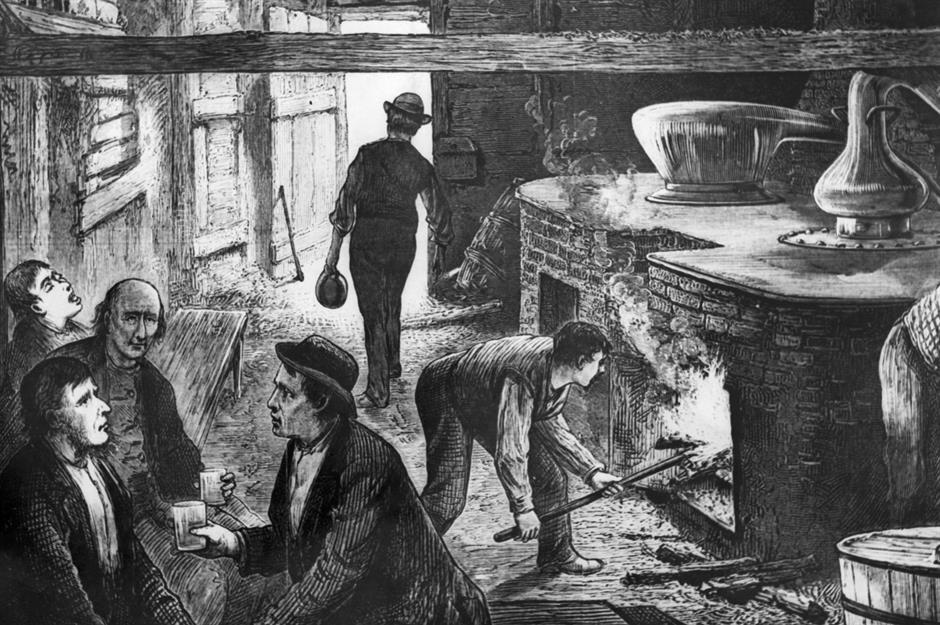
Now: Laird & Company, New Jersey
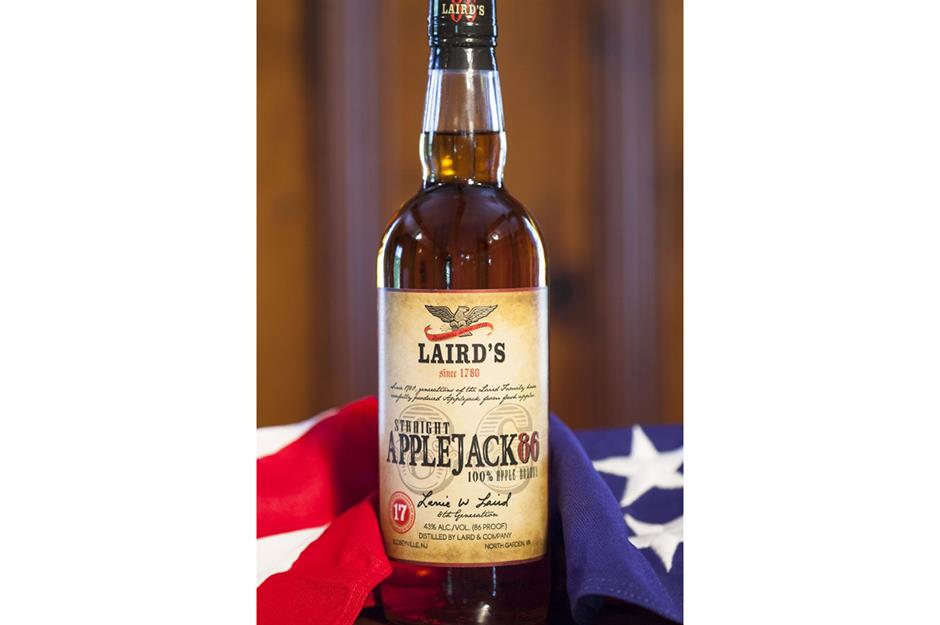
Then: Crane & Co., Boston, 1770
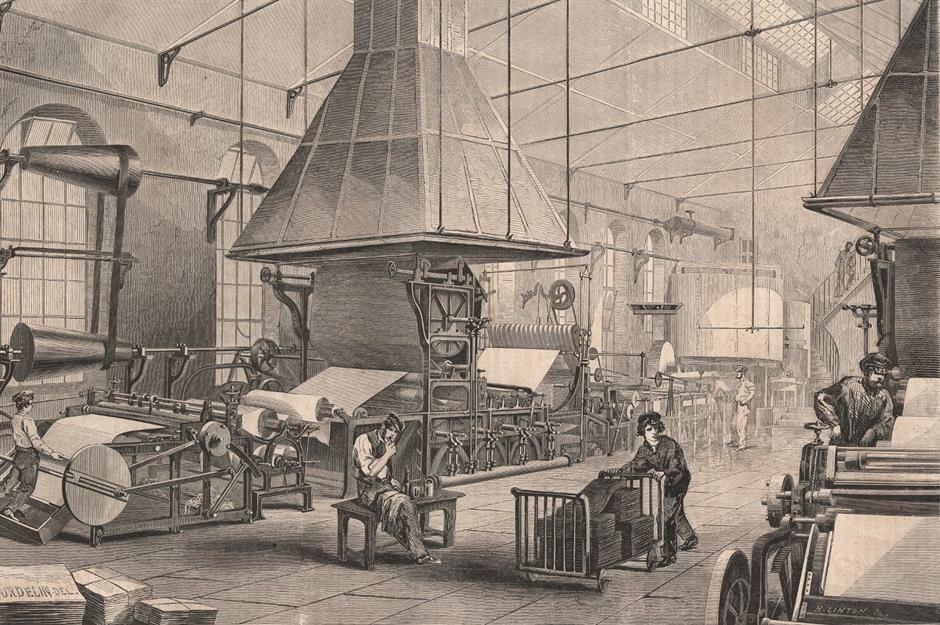
Now: Crane & Co., Boston
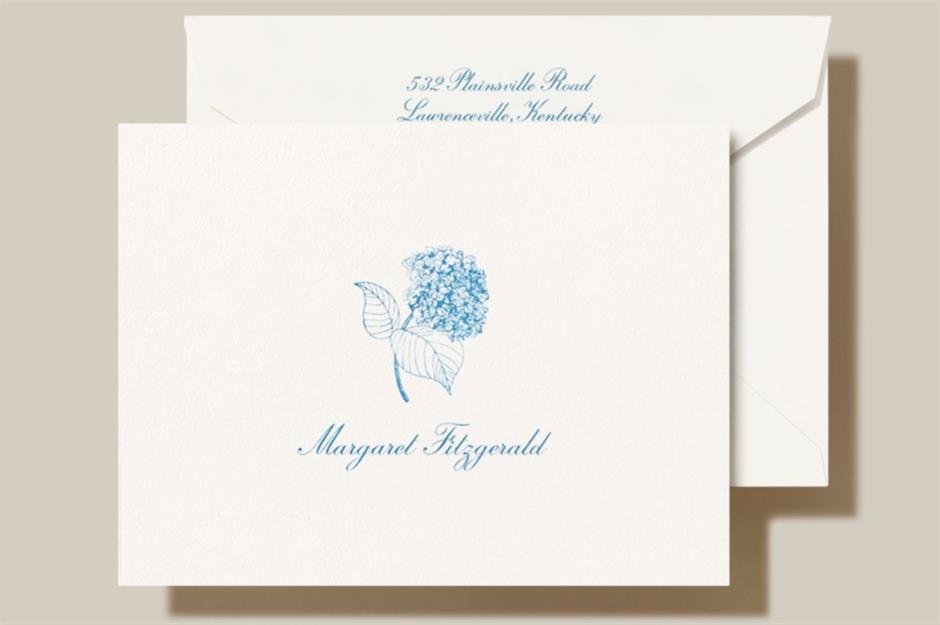
Today, the company specialises in personalised stationery, business cards and wedding invitations. With collaborations with Vera Wang’s paper designer and eco-friendly, 100% cotton paper attracting forward-thinking fans, Crane & Co. looks set to continue its success in the 21st century, particularly right now as stationery sales continue to thrive during the pandemic.
Then: Caswell-Massey, Newport, Rhode Island, 1752
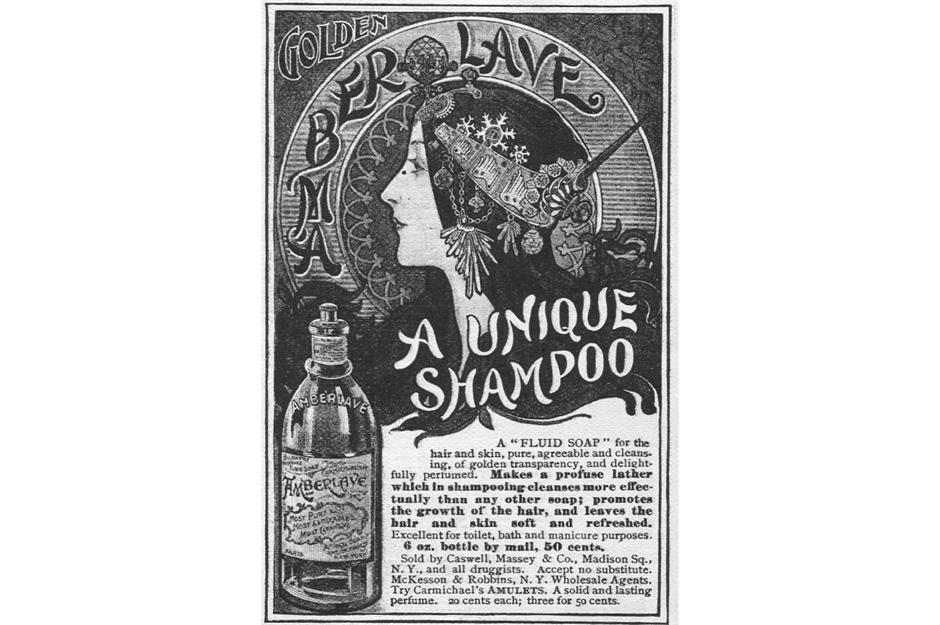
Now: Caswell-Massey, Newport, Rhode Island
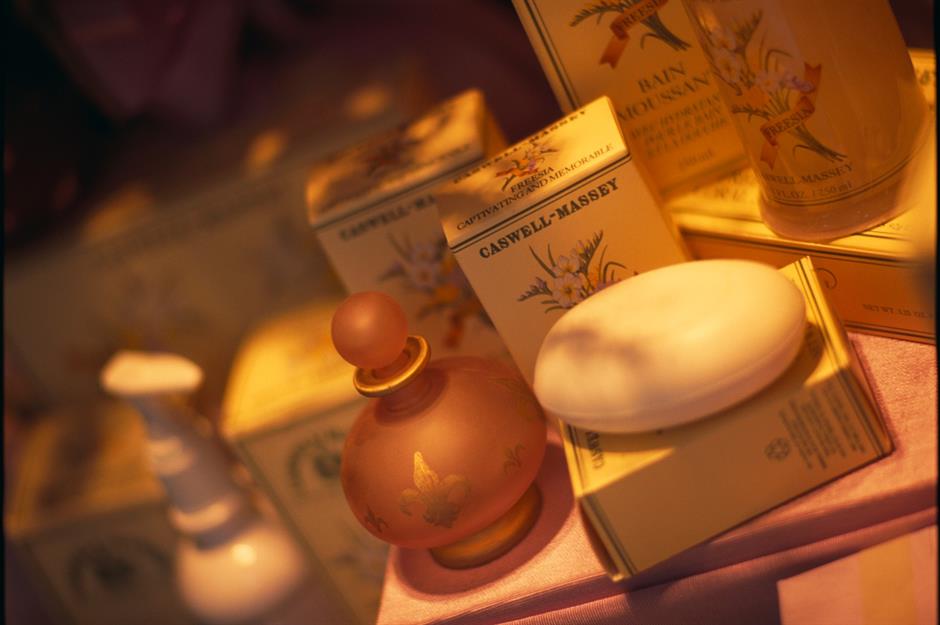
Then: The Rowland Company, Pennsylvania, 1732
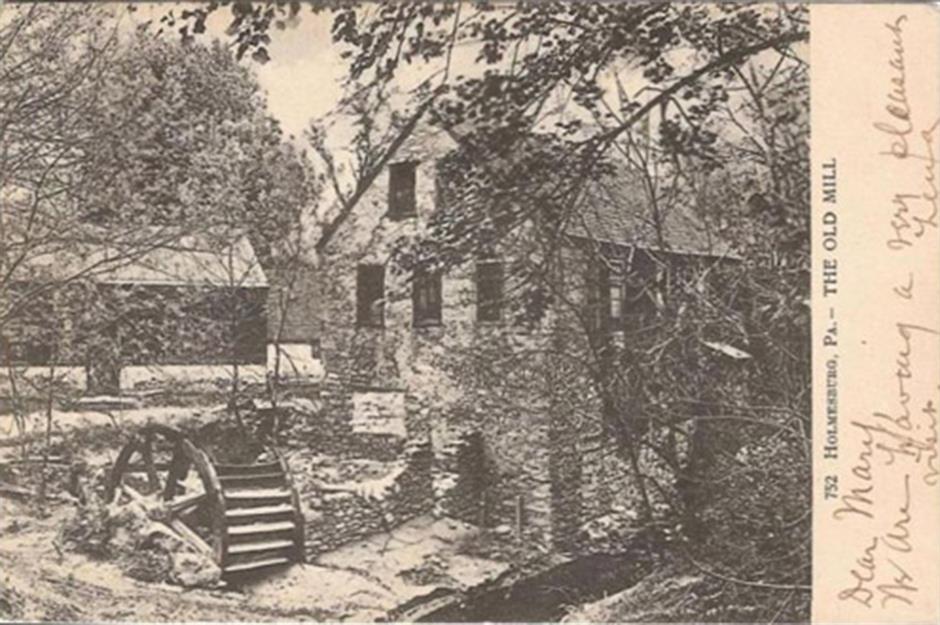
The Rowland company was founded by Benjamin Rowland over 300 years ago when he began manufacturing and selling tools. In the early 1950s the Rowland family sold the business, which by that time had branch locations in Florida and Atlanta, Georgia.
Now: The Rowland Company, Pennsylvania

Then: John Stevens Shop, Rhode Island, 1705
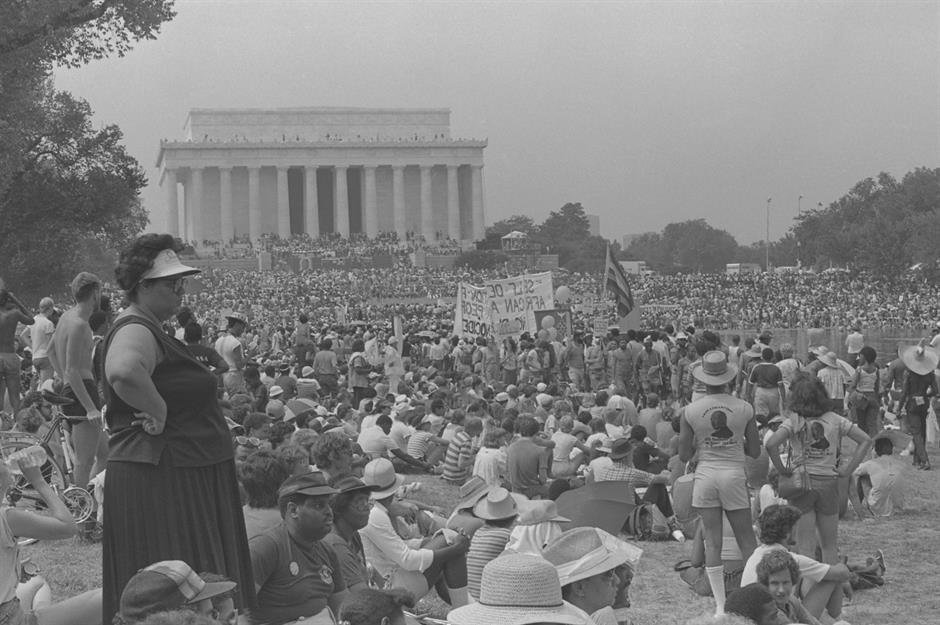
Now: John Stevens Shop, Rhode Island

Then: White Horse Tavern, Newport, Rhode Island, 1673
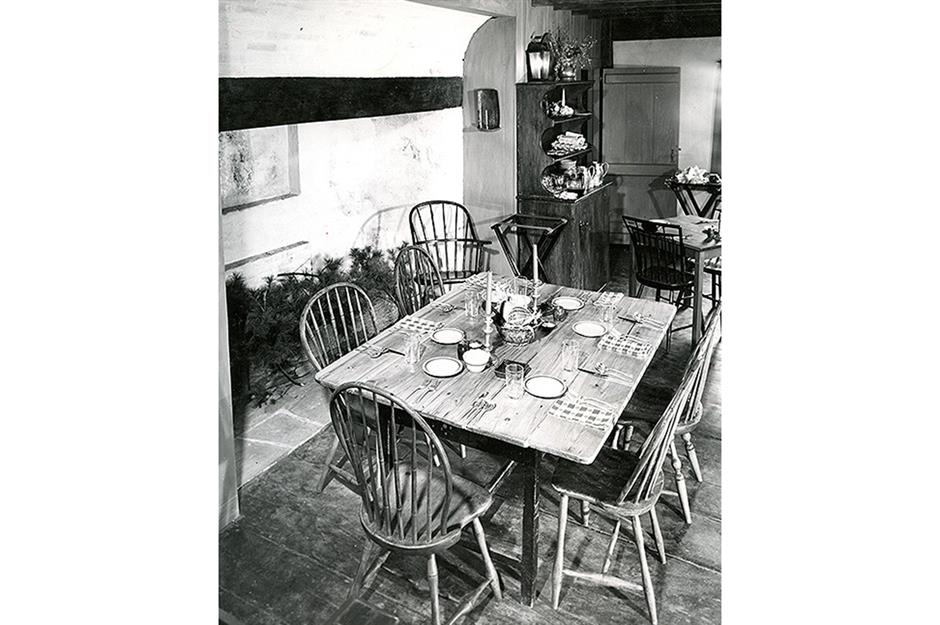
Now: White Horse Tavern, Newport, Rhode Island

Then: Seaside Inn, Maine, est. 1660

The oldest inn in America sits at the head of the Kennebunk River in Maine. Opened by John Gooch in around 1660, who was sent to America to help settle Maine as a colony, the inn has 22 rooms, and is still in the family nine generations later.
Discover more of the world's most historic inns, bars and taverns on loveFOOD.com
Now: Seaside Inn, Maine

As well as being the oldest family-run inn in the US, according to Family Business Magazine, current innkeeper Trish Mason has written a book about the inn’s history, detailing its peaks and troughs throughout the ages. Today, an oceanfront standard room with capacity for four people will set you back around $269 (£208) a night in high season or $129 (£100) a night in low season.
Then: Shirley Plantation, Virginia, est. 1613
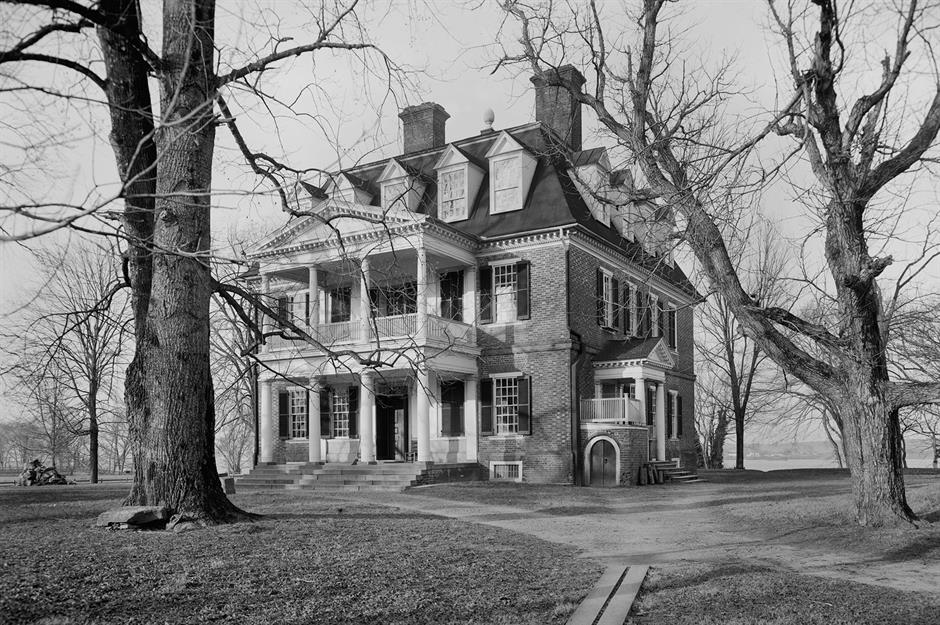
Shirley Plantation in Virginia is America's oldest farm, and the 700-acre plot is still a working plantation. But it has a deeply troubled colonial history as a key player in the slave trade. In 1787 its owner Charles Carter owned 785 enslaved people across 10 countries, 201 of whom were based at Shirley, making him the largest slave-owner in Virginia at the time. When slavery was abolished in 1865, many former enslaved people remained at Shirley and became paid farmers.
The humble beginnings of some of the world's biggest businesses
Now: Shirley Plantation, Virginia
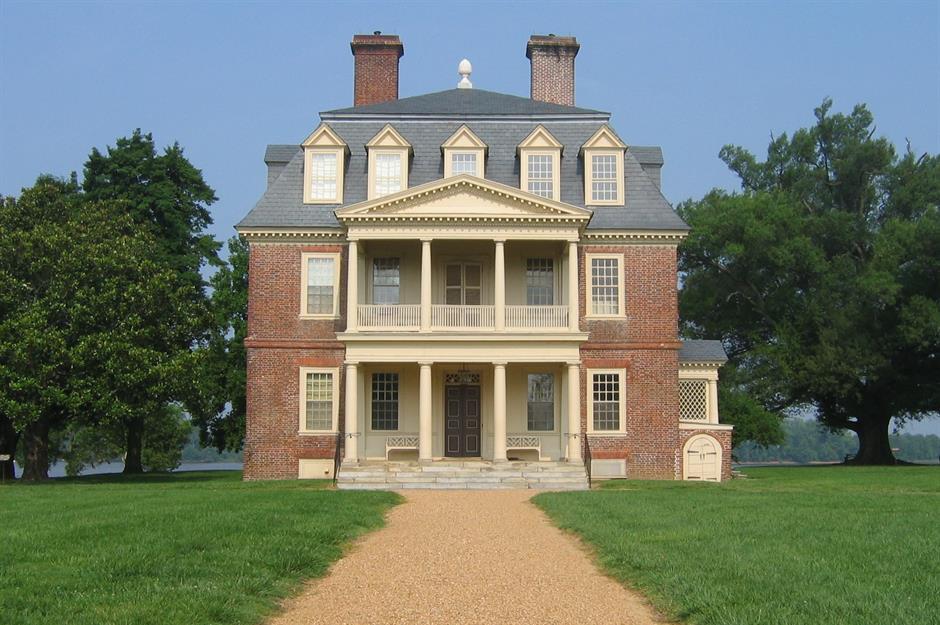
The family-owned business has been home to 11 generations of the Hill Carter family and now, alongside its farming roots, the National Historic Landmark also draws income from tourism, with tourists coming to learn about the history of the Great House (pictured), which was completed in 1738.
Now read about record-breaking auction sales
Comments
Be the first to comment
Do you want to comment on this article? You need to be signed in for this feature